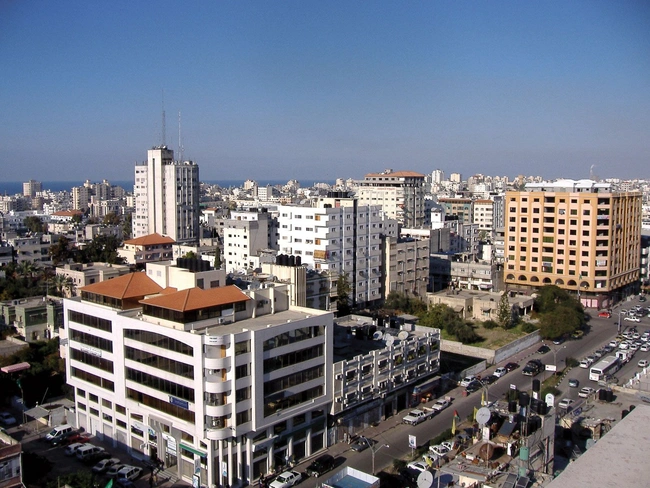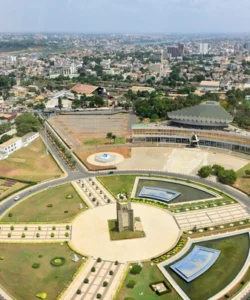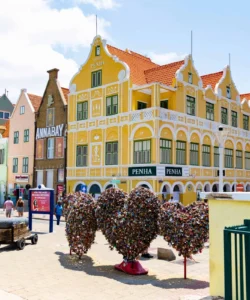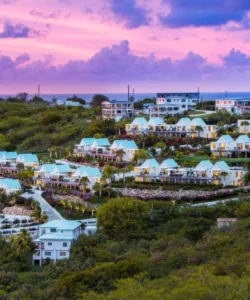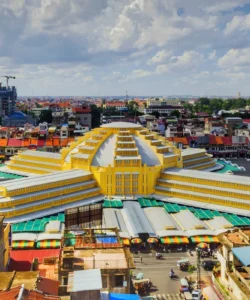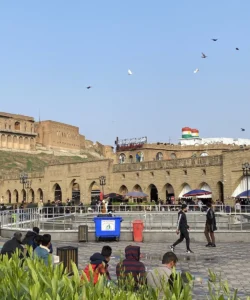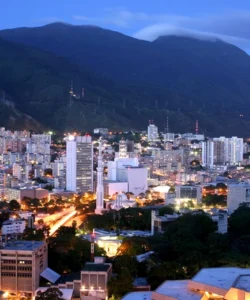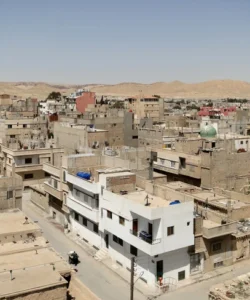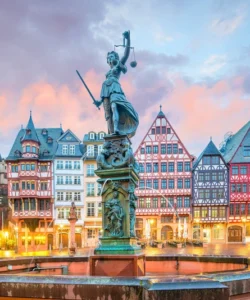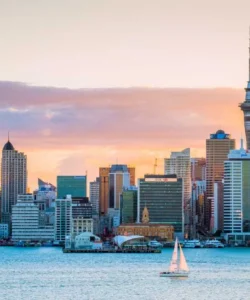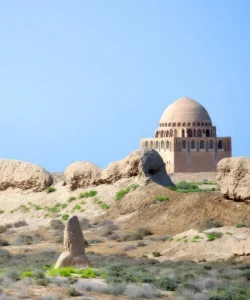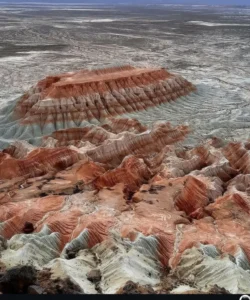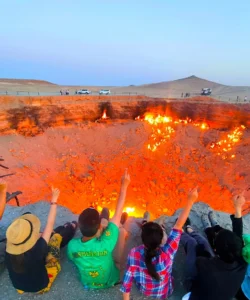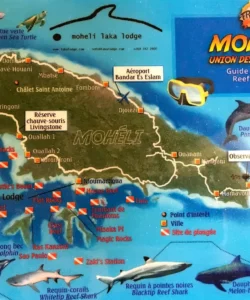Palestine is a state located in the Middle East, with two main areas: the West Bank and the Gaza Strip. The area has immense historical and religious significance for Muslims, Jews, and Christians.
Listen to an introduction about Palestine
![]()
Area & Population:
The population of Palestine is approximately 5.6 million people. The total area of the West Bank and the Gaza Strip is about 6,220 square kilometers.
Language:
The official language of Palestine is Arabic, specifically the Palestinian dialect.
Currency:
Palestine does not have its own national currency. The primary currencies used for transactions are the Israeli New Shekel (ILS) and the Jordanian Dinar (JOD). The US Dollar (USD) is also used in some commercial transactions.
Capital & Major Cities:
- Capital: The State of Palestine claims Jerusalem as its capital. However, due to the ongoing conflict, the administrative center is in Ramallah.
- Major Cities: Important cities in the West Bank and Gaza include:
- Gaza City: The largest city in the Gaza Strip and all of Palestine.
- Hebron: One of the oldest continuously inhabited cities in the world, with deep religious and historical significance.
- Nablus: Known as the cultural heart of Palestine.
- Bethlehem: The birthplace of Jesus, a major Christian holy site.
- Jericho: Believed to be the oldest continuously inhabited city in the world.
- Ramallah: The political and administrative center of the Palestinian Authority.
Attractions & Wonders:
Palestine is home to a vast number of historical and religious sites, many of which are central to the three major Abrahamic religions.
- Religious and Historical Sites:
- Church of the Nativity (Bethlehem): A UNESCO World Heritage site built over the spot where Jesus is believed to have been born.
- Church of the Holy Sepulchre (Jerusalem): One of the holiest Christian sites, believed to be the place of Jesus’ crucifixion and burial.
- The Old City of Jerusalem: A UNESCO World Heritage site containing some of the most sacred places for Christians, Jews, and Muslims, including the Western Wall, the Dome of the Rock, and the Al-Aqsa Mosque.
- Ibrahimi Mosque / Cave of the Patriarchs (Hebron): A site revered by both Muslims and Jews as the burial place of Abraham, Isaac, and Jacob.
- The Old City of Nablus: Famous for its winding streets, historic mosques, Turkish baths, and traditional soap factories.
- The Mount of Temptation (Jericho): A site believed to be where Jesus was tempted by the devil.
Architecture:
Palestinian architecture is characterized by a mix of styles that reflect its long history, from ancient to Ottoman and modern influences.
- Traditional: Buildings in ancient cities like Jerusalem, Hebron, and Nablus are often made of local limestone, with arched doorways, domed roofs, and intricate stone carvings. Rural vernacular architecture is known for its simple square forms and harmony with the landscape.
- Ottoman and Islamic: This style is notable in the Old Cities, featuring mosques with minarets, intricate courtyards, and ornate gateways.
- Contemporary: Modern Palestinian cities, particularly Ramallah, feature contemporary architectural styles alongside traditional buildings.
Roads & Infrastructure:
Infrastructure in Palestine, particularly in the Gaza Strip, has been severely damaged by recent conflicts. The World Bank has estimated that the cost of damage to critical infrastructure in Gaza is in the billions of dollars. In the West Bank, the road network and infrastructure development are often affected by the ongoing conflict and Israeli security controls, which can lead to segregated roads and difficulties in movement.
Restaurants & Cuisine:
Palestinian cuisine is a rich and diverse part of the wider Levantine culinary tradition. It emphasizes fresh ingredients, spices, and olive oil.
- Staple Dishes:
- Maqlouba: A layered rice dish cooked with meat (chicken or lamb), fried vegetables like cauliflower and eggplant, and spices. The pot is then flipped upside down to reveal a beautiful layered dome.
- Musakhan: Palestine’s national dish, made with roasted chicken on a taboon flatbread, topped with caramelized onions, sumac, and toasted pine nuts.
- Hummus & Falafel: Famous throughout the region, these are staples often served with fresh Arabic bread.
- Knafeh: A popular dessert made with a mild cheese base topped with shredded phyllo dough and soaked in a sweet syrup.
- Dining Scene: The dining scene in cities like Ramallah and Bethlehem is vibrant, offering a mix of traditional Palestinian restaurants, bakeries, cafes, and international cuisine.

